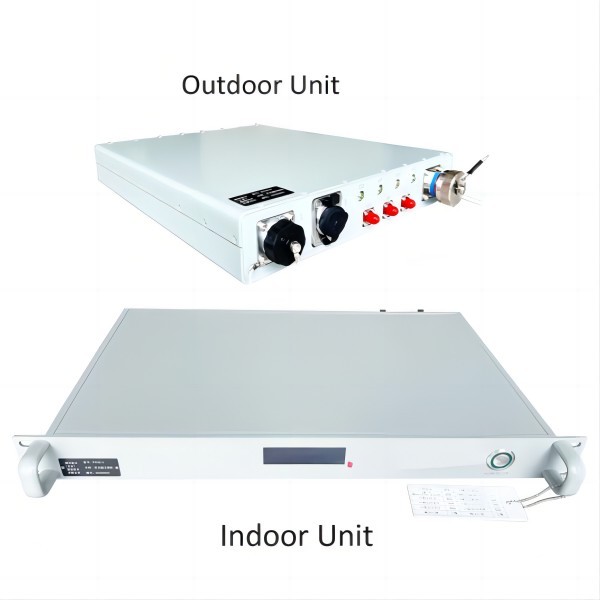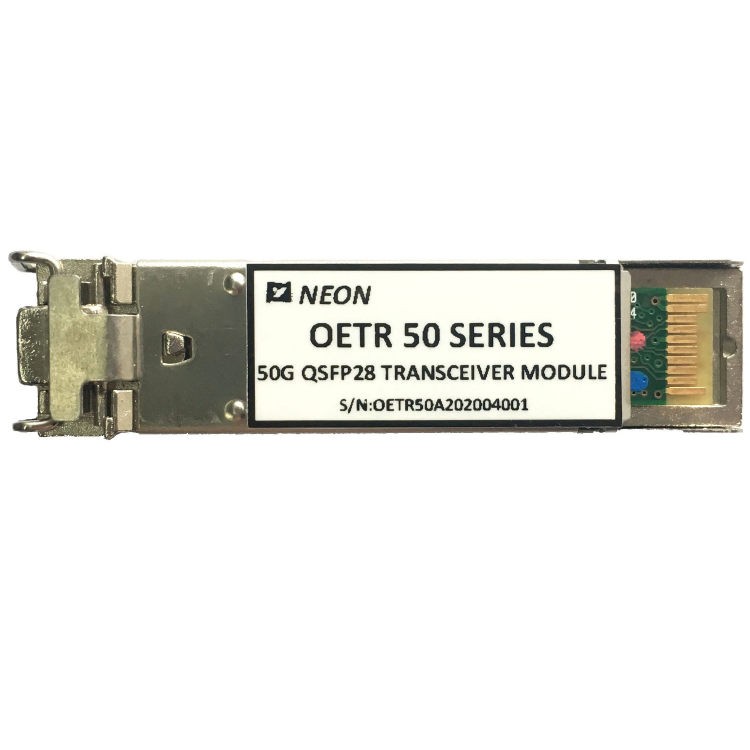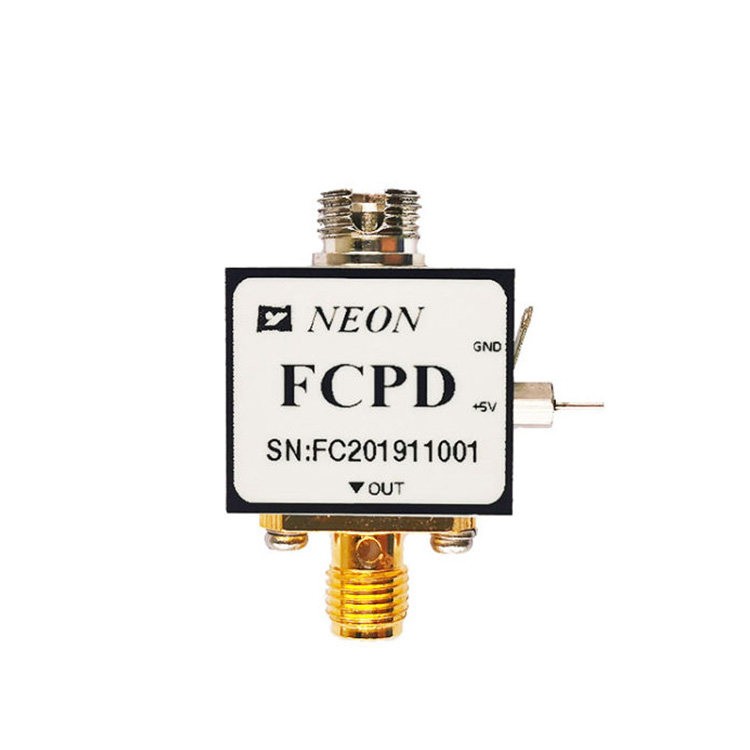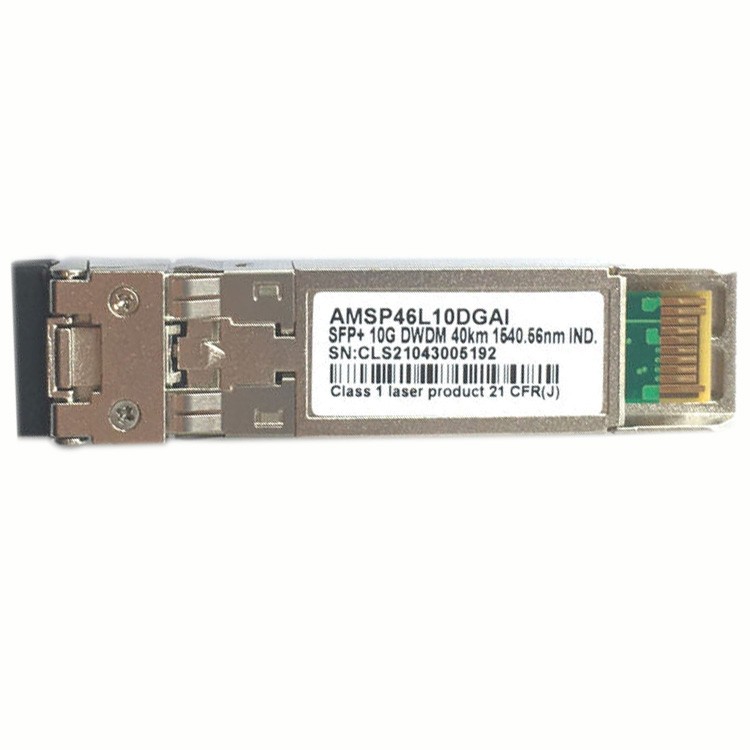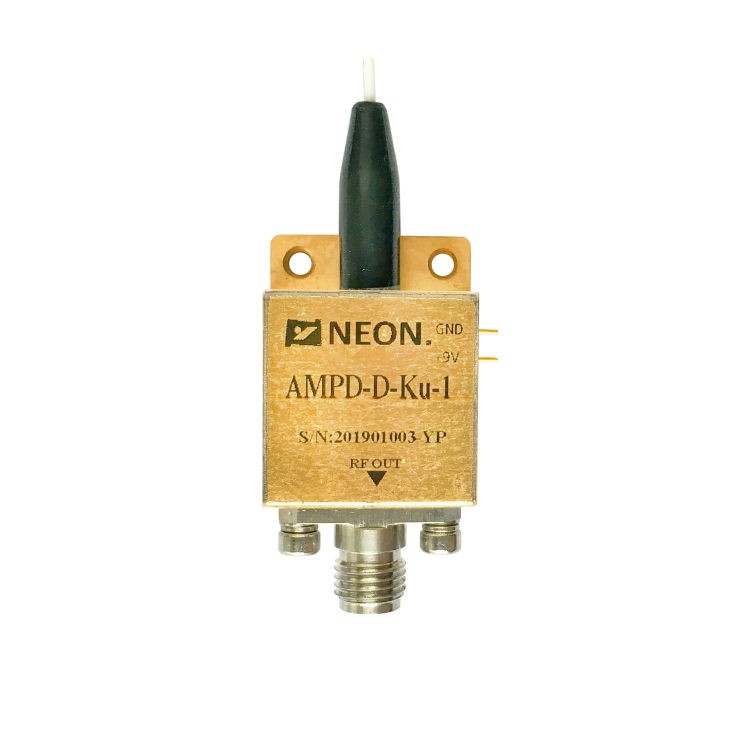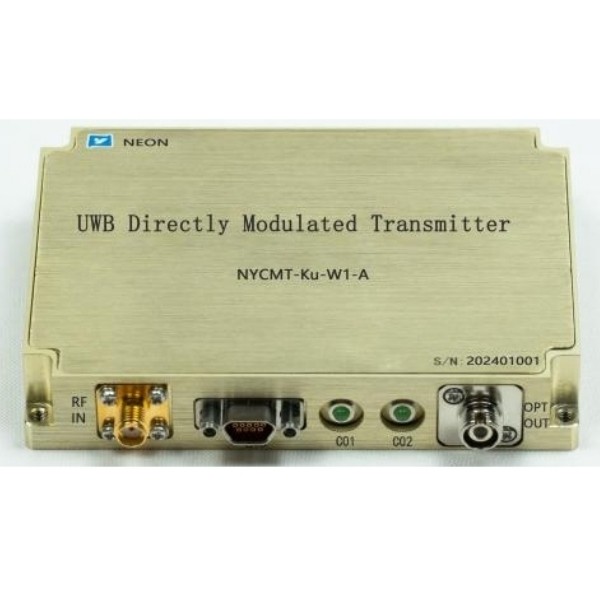Optical Transceivers in Radar Systems: Applications and Challenges
With the rapid development of science and technology, radar systems have become an indispensable key technology in modern national defense, aerospace, weather observation, and communication. In the development history of radar systems, optical transceivers, as a new type of signal transmission and processing technology, are gradually showing their unique advantages and application prospects. This article will deeply explore the specific application scenarios of optical transceivers in radar systems, analyze the challenges they face, and propose future development directions.
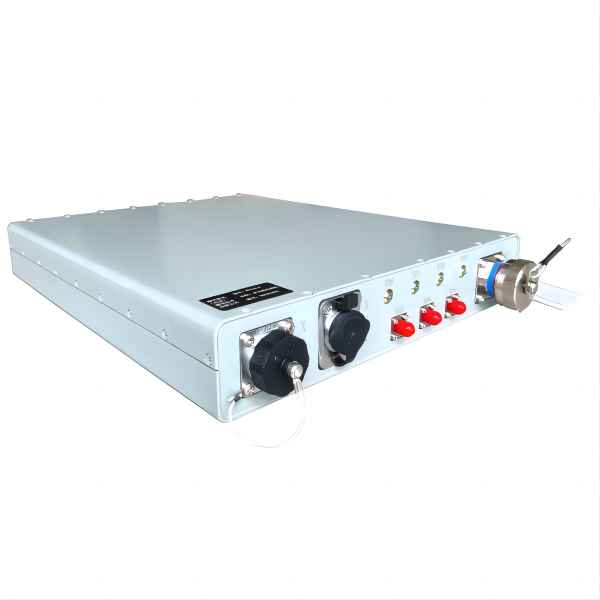
Key Role of Optical Transceivers in Radar Systems
In modern radar systems, optical transceivers mainly undertake the important task of signal transmission and processing. Their high-speed and high-bandwidth characteristics enable radar systems to capture and analyze target information in real time and accurately.
1. Optimization of Signal Transmission
Optical transceivers use optical fibers as the transmission medium to realize long-distance and low-loss transmission of radar signals. Compared with traditional cable transmission, optical fibers have higher transmission rates and longer transmission distances, which is particularly important for large radar stations and distributed radar systems. For example, in phased-array radar, optical transceivers can quickly and accurately transmit the signals generated by each array element to the central processor for processing, greatly improving the radar’s work efficiency and detection accuracy.
2. Intelligent Signal Processing
The application of optical transceivers in signal processing is also becoming increasingly widespread. By integrating advanced digital signal processors (DSPs) and field programmable gate arrays (FPGAs), optical transceivers can realize real-time processing of radar signals, including signal filtering, amplification, and heterodyne conversion. In addition, optical transceivers can also support complex signal processing algorithms, such as adaptive beamforming, target tracking, and recognition, to further improve the performance of radar systems.
Application Scenarios of Optical Transceivers in Radar Systems
1. Air Traffic Control
In air traffic control systems, optical transceivers can provide high-precision radar coverage to ensure the safe takeoff and landing of aircraft. Radar systems connected by optical transceivers can achieve continuous tracking of aircraft and can maintain stable performance even in complex weather conditions. In addition, optical transceivers can also be integrated with advanced driver assistance systems (ADAS) to provide pilots with more accurate navigation information.
2. Military Reconnaissance and Surveillance
In the military field, the application of optical transceivers in radar systems is particularly important. It can provide long-distance, real-time target detection and tracking capabilities, which are crucial for strategic early warning and tactical strikes. For example, in air defense systems, optical transceivers can quickly respond to the appearance of air targets and provide accurate guidance information for anti-aircraft missiles. In maritime operations, optical transceivers can assist ships in detecting and tracking surface targets.
3. Weather Observation
In the field of weather observation, optical transceivers can provide high-resolution weather images, which are helpful for weather forecasting and climate research. Radar systems connected by optical transceivers can monitor wind speed, wind direction, precipitation, and other meteorological elements in real time, providing accurate data support for weather forecasting. In addition, optical transceivers can also be used for weather observation in polar and marine environments, expanding the geographical coverage of weather observation.
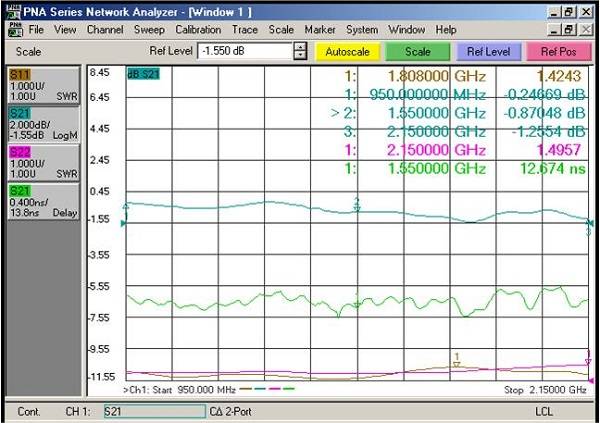
Challenges and Solutions Faced by Optical Transceivers
1. Technical Challenges
Although optical transceivers have shown great potential in radar systems, their development still faces some technical challenges. For example, how to improve the tensile strength and corrosion resistance of optical fibers to adapt to harsh working environments; how to optimize the thermal management system of optical transceivers to ensure stable operation in high temperature environments; how to improve the integration of optical transceivers to reduce volume and weight.
2. Cost Challenges
The manufacturing cost of optical transceivers is relatively high, which to a certain extent limits their popularization in the commercial market. In order to reduce costs, it is necessary to carry out large-scale production and R&D work to improve the production efficiency and reliability of optical transceivers. In addition, we can explore integration with other technologies, such as integration with optoelectronic devices, to reduce the overall system cost.
3. Standardization and Interoperability
With the increasingly widespread application of optical transceivers in radar systems, standardization and interoperability have become urgent problems to be solved. The lack of unified standards may lead to incompatibility between optical transceivers produced by different manufacturers, which brings difficulties to system integration and upgrading. Therefore, it is necessary to formulate international standards to promote the interoperability and interoperability of optical transceiver technology.
Future Outlook
With the continuous advancement of technology and the expansion of the market, the application prospects of optical transceivers in radar systems are broad. In the future, optical transceivers will develop towards higher speed, higher bandwidth, and lower cost. At the same time, with the integration of artificial intelligence (AI) and machine learning (ML) technologies, optical transceivers will have stronger signal processing capabilities, enabling more intelligent radar systems. Additionally, the application of optical transceivers in space applications and the military field will be further expanded, making greater contributions to human space exploration and national security.
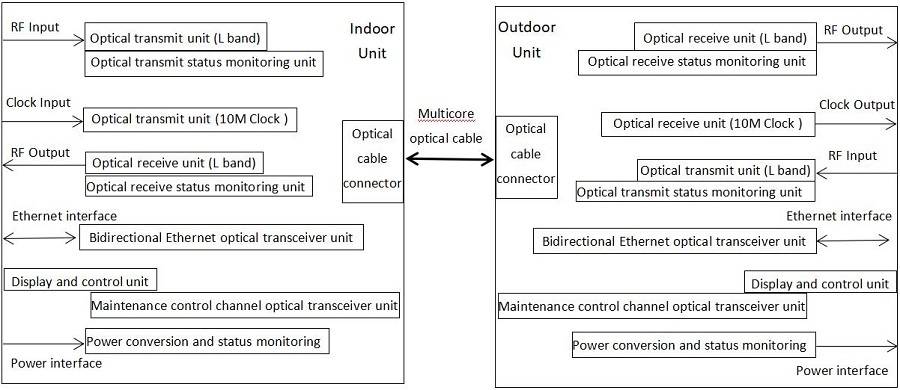
Conclusion
The application of optical transceivers in radar systems has achieved significant results. It not only improves the performance of radar systems but also broadens the application fields of radar technology. In the future, with continuous technological breakthroughs and market expansion, optical transceivers will play a more important role in radar systems. However, in the face of technical challenges, cost pressures, and standardization issues, continuous research and innovation are needed to ensure the sustainable development of optical transceiver technology. Through international cooperation and the promotion of industry alliances, we can work together to solve these challenges and promote the widespread application of optical transceiver technology in radar systems, making greater contributions to the progress and development of human society.


